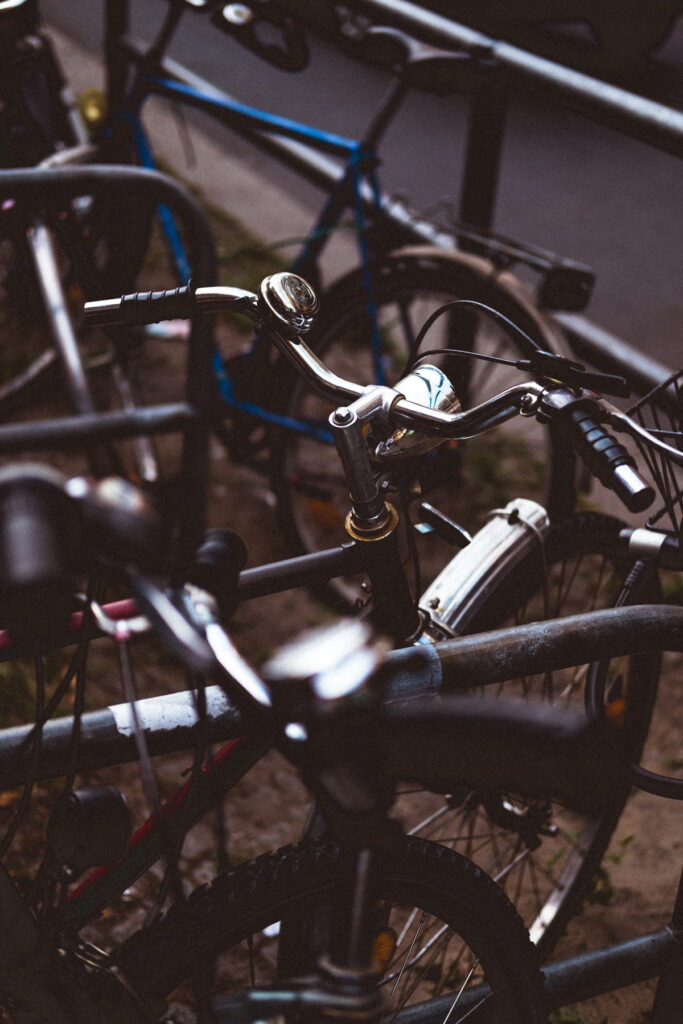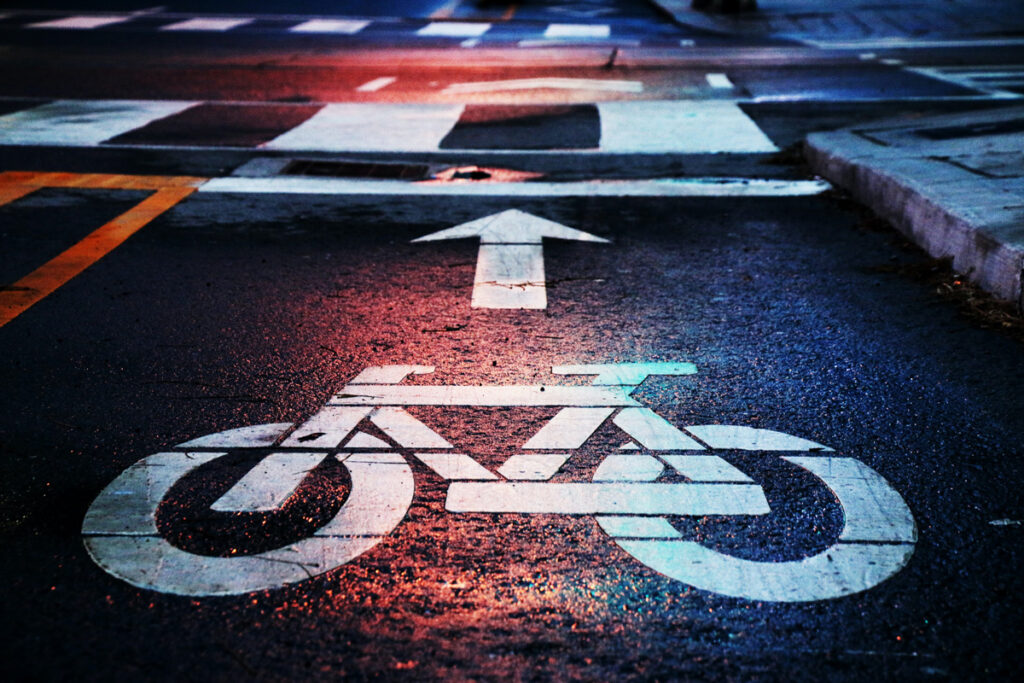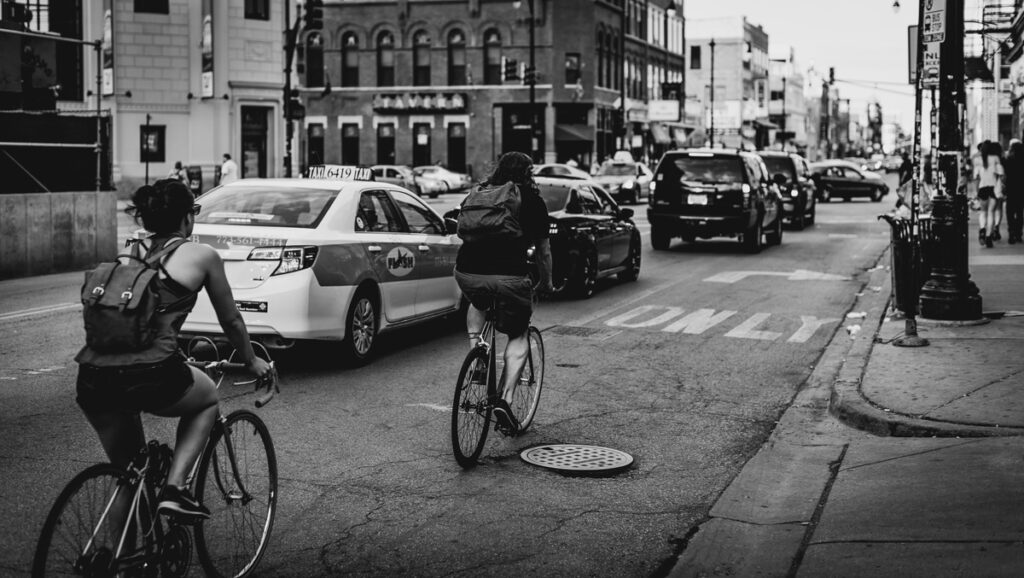Biking: The next frontier of urban mobility
by Elton Gagni / July 21, 2020
In recent years, the Philippines has experienced a lot of innovation and tech integration. One of the best is the introduction of Transport Network Vehicle Services (TNVS) or simply ride-hailing, which Filipino commuters fully embraced because it brought convenience, reliability, and safety — all in just one push of a button. Unfortunately, our current situation has also put them at a stand still.
Due to the COVID-19 pandemic, transportation has been suspended to prevent the further spread of the virus. As the Philippine government eases restrictions and more people are going back to their daily hustles, public transport is slowly resuming operations. While government-mandated health and safety standards are being implemented, one cannot simply brush off the fact that there is still no vaccine available. Thus, the risk of contracting the virus remains high, especially as people become exposed to volumes of commuters travelling to work. This is where bikes come in.

For most of us, we learned how to ride a bike back when we were still kids. It was a means for us to get from point A to point B, and all it took was a contraption with two wheels, our own two legs, a little effort, and a desired destination. Growing up, how we used bikes have also evolved — leisure, fitness, and sports — but one thing never changed, it still transported us from one place to another. What if we put it in another perspective, go crazy with our imagination, and magnify the concept entirely?
As it becomes increasingly popular because of this crisis, more people are now turning to biking or cycling as a safer means of transportation be it for leisure or even for work. Aside from being cost-efficient and controlled, it also maintains a good distance from other commuters who travel in groups. It is also good for one’s health as it is a form of exercise, and the environment, as it reduces carbon emissions for not having to rely on fuel consumption.
Last June, the Department of Transportation (DOTr) sealed an agreement with the Metropolitan Manila Development Authority (MMDA) on the construction and development of bike lanes in EDSA. Ang Probinsyano Party-list Representative Ronnie Ong also proposed a legislation to incentivize working cyclists in the form of tax perks, extra pay credits, or food vouchers.

That same month, Joint Task Force COVID Shield (JTF CV Shield) Lt. Gen. Guillermo Eleazar called on motorists to respect bike lanes, following reports of improper usage as parking space or an alternate route to avoid traffic. “The use of bicycles as a mode of transportation is already beginning to become popular. We call on the motorists to get used to this by starting to respect the intended users of bicycle lanes,” Eleazar said.
Aside from having designated traveling areas, more efforts are needed to sustain the initiative and assure Filipinos that it is indeed safe to travel on bikes, especially in big city roads. Pasig Transport Chief Planner Robert Siy said in an interview, “What we have is more [of] a situation where the road system and transport system really caters to a small number of road users at the expense of everyone else. With better cycling infrastructure, we open streets up to road users who cannot afford or cannot physically drive cars, which I hazard is a far greater number than 12 percent of the population in Metro Manila.”
However, there are also others who shy away from the idea of biking as an alternative due to weather and safety concerns or simply because it is for short-distance travels only. Siy further explained that the distance of travel is not the main challenge, but the prolonged exposure to the dangers of speeding vehicles and pollution. “Promoting cycling is first and foremost about making the activity safe and convenient. You need a path to cycle on and somewhere to park. Look at cities with similar weather as us, such as Taipei and Singapore—they have better cycling outcomes because of their investment in safe infrastructure,” he added.

The Philippines is definitely still far from having the best transport system overall. But with this initiative from the government, if maintained and promoted generously and also supported by the private sector, it has the potential to spur a lot more improvements and hopefully some radical changes in road practices. Not only will we improve the traffic situation, but we also have an opportunity to bring down our carbon footprint.
Can bikes be seen as the next frontier of urban mobility in the Philippines? This certainly is not far from reality anymore.

Image Source: @maxwbender on unsplash.com


